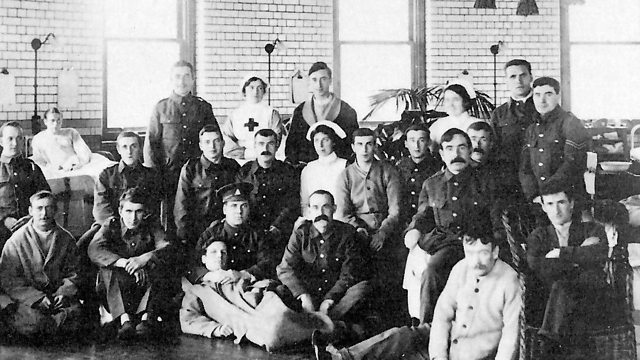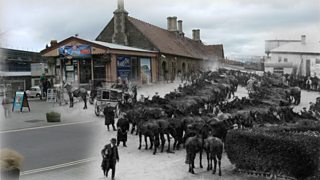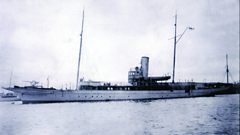Standard Hill, Nottingham: The General Hospital
Coping with the increasing number of wounded soldiers
Nottingham General Hospital (which has since closed down) made room for hundreds of soldiers wounded in the Great War. Many of the men were amputees and in the absence of antibiotics, needed careful nursing to prevent their wounds becoming infected. At first they were looked after in wards, like the jubilee wing, (now the Round House Pub) which had been placed at the disposal of the military authorities in August 1914. But as the number of casualties increased temporary wooden huts were constructed on the lawn to create space for them.
Having opened as a voluntary hospital in the 18th Century, the Nottingham General was run by a charitable board and relied heavily on the generosity of wealthy benefactors to stay operational. When the call came for more beds in 1915 and then again in 1917, the Player family, who owned the local cigarette factory, shared the costs of the temporary extensions with the War Office. And William Player also provided stoves to heat them.
Convoys of soldiers arrived in Nottingham by train and were distributed among some of the temporary hospitals set up in local schools and the cricket pavilion, as well as the General and, what is now, the City Hospital. There were very few female doctors before the war but by the end, Nottingham General employed a record number of six female doctors.
Despite the extra pressures, in April 1918, the local medical committee reported that the General managed to treat the same number of civilian patients as it had before the war.
The old site of the General Hospital, closed in 1992, and what remained was renamed ‘Royal Standard Court.’
Location: Standard Hill, Nottingham NG1 6FS
Image: Jubilee ward at The General Hospital, courtesy of Paul Swift of Nottingham University Hospital NHS Trust
Duration:
This clip is from
Featured in...
![]()
���˿��� Radio Nottingham—World War One At ���˿���
Places around Nottingham that tell a story of World War One
![]()
���˿��� Front Life—World War One At ���˿���
Everyday life in the towns, villages and countryside
![]()
Medicine—World War One At ���˿���
Hospitals, medical pioneers and the nursing contribution
More clips from World War One At ���˿���
-
![]()
The loss of HMY Iolaire
Duration: 18:52
-
![]()
Scotland, Slamannan and the Argylls
Duration: 07:55
-
![]()
Scotland Museum of Edinburgh mourning dress
Duration: 06:17
-
![]()
Scotland Montrose 'GI Brides'
Duration: 06:41







